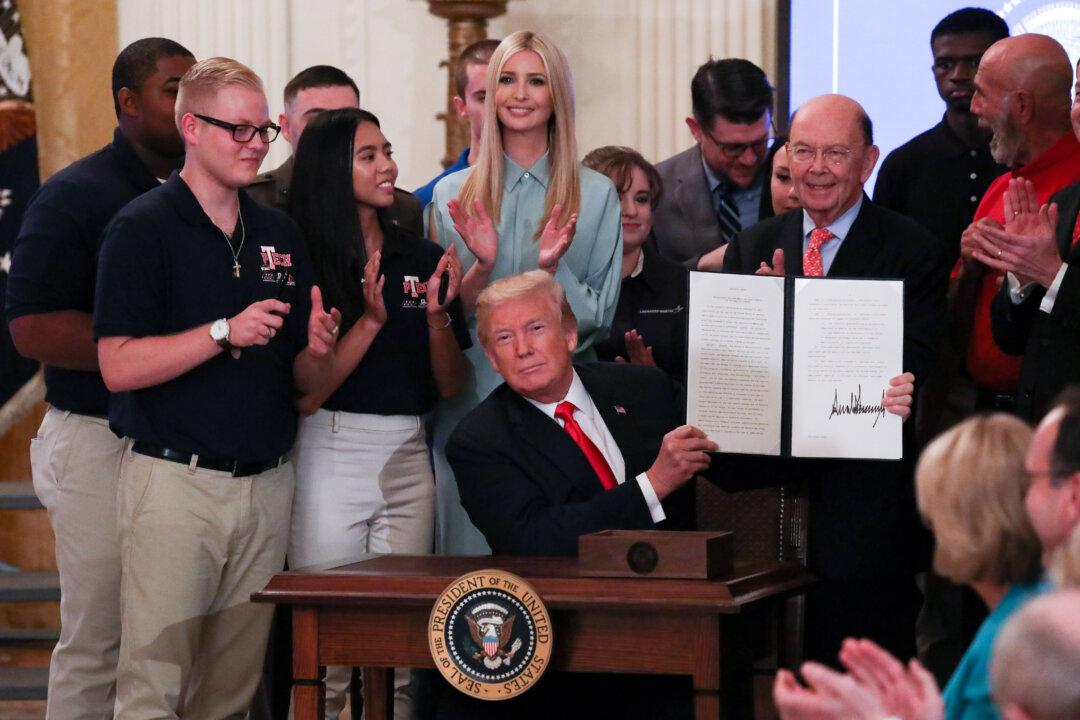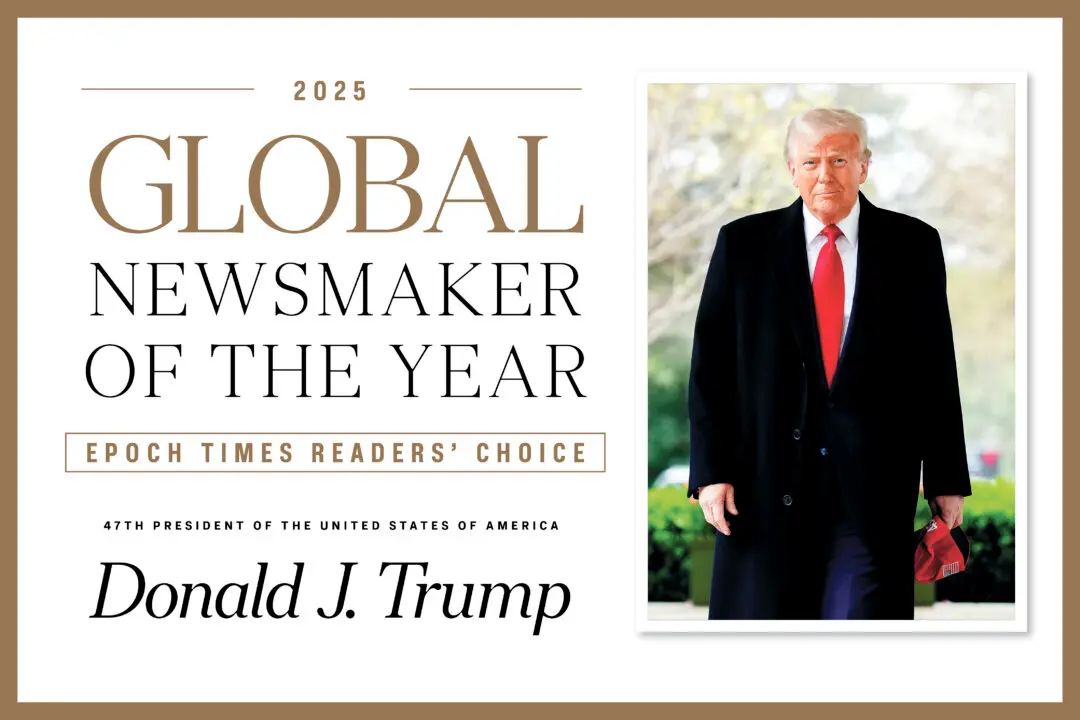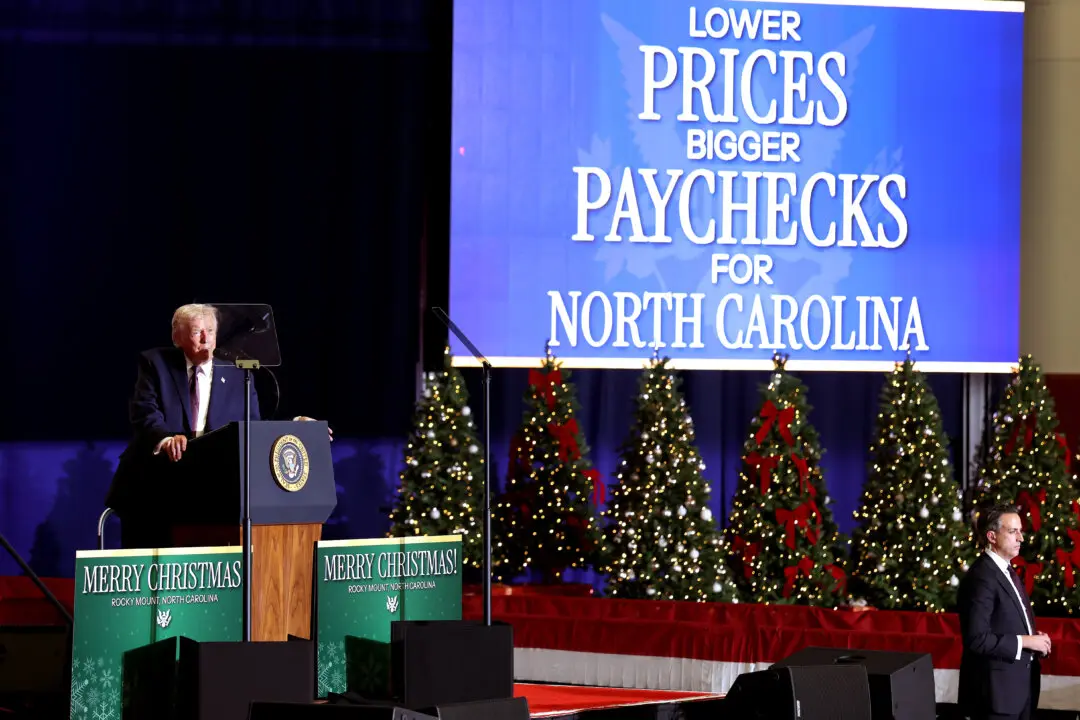Businesses across the United States are suffering from a talent shortage, and the problem is growing. As of May, there were 6.6 million unfilled jobs, a 17 percent increase in the last year. To resolve the problem, the White House launched an initiative to bring back vocational education in high schools.
President Donald Trump signed an executive order on July 19 that creates a national council charged with developing a strategy to grow the workforce.





